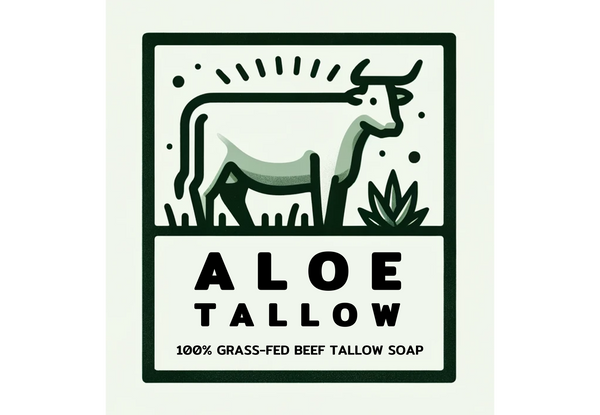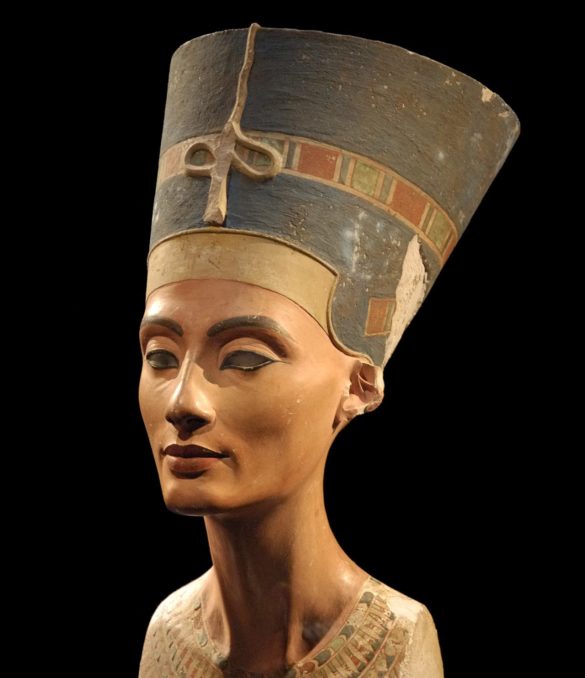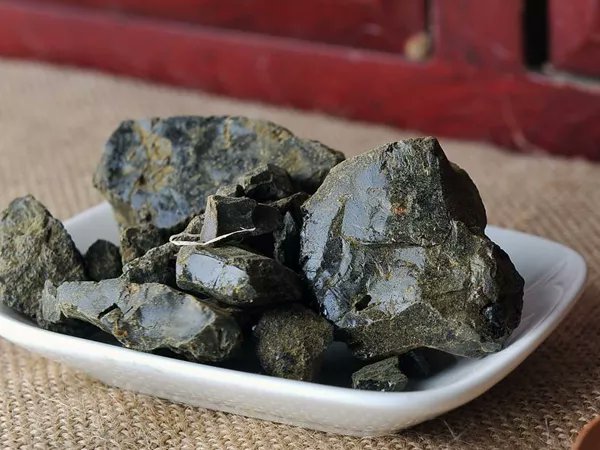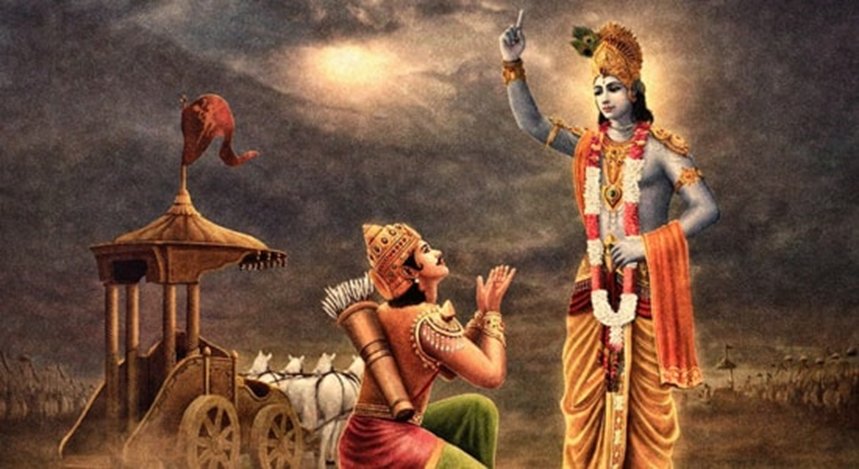Humans evolved using Aloe, but do we know its history?
Here is the hidden story behind natures 6,000 year old super-healer
Mesopotamia
The earliest recorded use of Aloe vera dates back to around 2200 BC in Mesopotamia on Sumerian clay tablets. It was used as a medicinal plant and a laxative.In this ancient civilization, illnesses were often attributed to supernatural causes. Aloe vera was believed to possess divine powers capable of exorcising the demons that caused these ailments.
This association with both physical and spiritual healing established Aloe as a key part in early human culture.
Egypt
In ancient Egypt, Aloe vera was revered as a sacred plant, affectionately known as the "plant of immortality." This title reflected its critical role in religious and burial practices.
Aloe vera's anti-bacterial and anti-fungal properties made it useful in the embalming process to prevent decomposition.
Figures like Cleopatra and Nefertiti incorporated it into their skincare routines.
The plant's medicinal benefits were well-documented in ancient texts, Ebers Papyrus from around 1550 BC.
China
In Traditional Chinese Medicine, the concept of balance is key, and Aloe vera, or "lu hui," plays a vital role in maintaining it.
TCM views the body in terms of yin (cooling) and yang (heating) energies. Excess heat can lead to inflammation, digestive issues, and skin problems. Aloe vera’s cooling properties make it essential for restoring balance, clearing heat, and detoxifying the body.
Lu Hui has been documented as a staple in TCM practices since the Han Dynasty (200 BCE)
Greece
Aloe vera's influence spread to ancient Greece and Rome. Alexander the Great is famously associated with Aloe vera due to its vital role in his military campaigns.
According to historical accounts, Aristotle taught Alexander about the efficacy of Aloe. He advised Alexander to conquer an island off the coast of Africa (Socotra) to secure a steady supply.
The plant was crucial for treating wounds and became a strategic resource for maintaining his army's health.
Aloe Vera grew along early trade routes on the Arabian Peninsula, and sunburned travelers on the Silk Road used it for relief and hydration. This led to intentional cultivation of the plant, and this subsequently led to a rise in prominence. Right place/right time.
The medicinal use of aloe in general stems from the "coincidence" that succulent leaf tissue, an evolutionary adaptation for arid survival, is beneficial for humans — a symbiotic relationship that feels divine.
By 600 BC, Aloe vera had spread to Persia and India, likely introduced by Arab traders who recognized its medicinal properties. Over time, its reputation as a healing plant spread from the Middle East to Europe, and eventually to the Americas...
India
Aloe's Voyage to America
Christopher Columbus was known to carry Aloe vera plants on his voyages, using them as a vital part of his crew's medical supplies. The plants soothing gel was essential for treating the burns, wounds, and skin issues his crew faced after long periods exposed to the sun and saltwater.
As European powers like Spain and the Netherlands expanded their colonies, and they introduced Aloe to the Caribbean islands of Barbados and Curacao, where the climate was ideal for cultivation.
By the 17th century, these islands became major centers for Aloe production, and the plant’s gel and latex were exported across Europe.
This period marked the plant’s transition from a regional remedy to a cornerstone of international health.
Modernization of Aloe in the USA
It wasn't until the 20th century, with advancements in processing techniques (gel stabilization & improved extraction methods) that Aloe's full potential was able to be realized.
The 1970s saw a surge in demand in the wellness industry, and Aloe became a key ingredient in everything from cosmetics to health foods.
This shift wasn't just limited to the U.S.—Europe quickly followed suit, integrating Aloe vera into a variety of consumer products.
Suddenly, Aloe vera was everywhere—from your lotion to your morning juice.





















